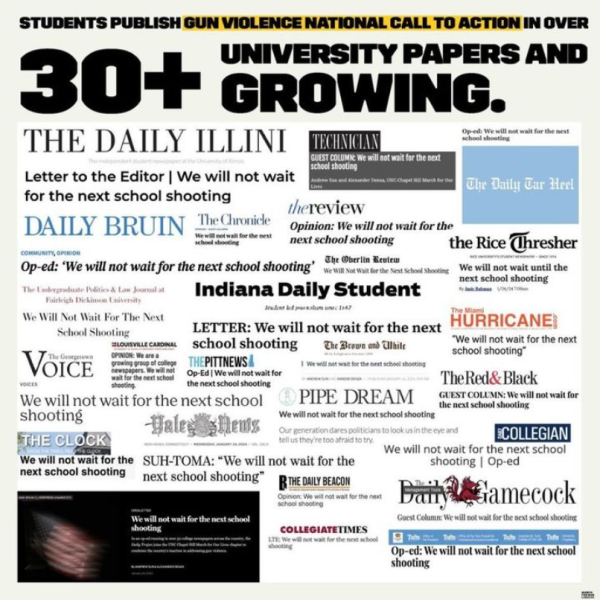Russia invades Ukraine
March 20, 2022
Over the past couple of months, Russia had built up troops near their shared border with Ukraine. By Feb 15, peace talks had resumed to resolve this conflict, but on Feb 24, Russia unexpectedly struck. Their invasion has already advanced far into Ukraine, and as of March 15, their advance has reached within tens of miles of the capital, Kyiv. This has occurred despite countless warnings, sanctions, and humanitarian concerns from other countries.
Specifically, the U.S. has completely banned Russian oil, Britain has unveiled sanctions on Russian aviation products, and NATO has ramped up defenses for allies near the affected countries. Companies have also independently taken action against Russia for their actions against Ukraine. For example, McDonald’s has announced that it will shut down all locations within Russia, but stated that it will continue to pay the wages of its employees within the country.
Russia has made use of several devastating weapons from their arsenal during the ongoing invasion, disregarding civilian casualties. A particularly drastic measure that has been taken thus far is aircraft bombing. Just last week, a maternity ward was attacked, leaving almost twenty injured and three confirmed dead. Among the injured were doctors, pregnant women, and children. The bombing took place in the city of Mariupol, currently under siege by Russian forces. Survivors of the aforementioned bombings have been left with little resources as talks for a ceasefire to allow for citizens to escape have not ended in agreement.
These attacks were met with widespread outrage, further reinforcing Ukrainian President Zelenskyy’s pleas for the establishment of a no-fly zone within the region. However, the idea has been largely dismissed, as reinforcing such a policy would require other nuclear powers pitting their forces against Russia’s, which could result in more international war. Since the request for a no-fly zone was rejected by NATO, Zelenskyy has instead asked for more jets, continued military aid, and further sanctions on Russia. Some of the requests such as the sanctions and continued military aid have been granted, but others are still in the process of being passed.
Another concern is the number of refugees escaping their homes in Ukraine. Close to two million citizens have been displaced, and millions more are fleeing, most commonly to nearby areas. Currently, the country containing the most refugees is Poland. Several systems have begun to be created in other countries, though. The UK first attempted to implement a visa system to help the refugees escape, but it didn’t succeed as much as had been hoped. This was due to reported “complex application” processes and sheer numbers of applicants overwhelming the system itself. Fewer than 500 refugees had actually been granted their visas within a week of the implementation.
However, a second plan then arose, called Homes for Ukraine, which primarily increases the number of refugees that are allowed to live with host families in the UK. Furthermore, they’ve pledged £350 a month to each host family, free public services to refugees, and schooling for children.
More than 1,000 civilians have been killed since the day of the invasion, which Russian officials continue to dismiss as a “special operation.” While Ukraine fights tooth and nail to repel Russia from its remaining territories, Russia continues to push forward. One reason Russia gave for the operation was that in order to prosper in peace, Ukraine must be “Denazified”. As it stands, a different motive is that Russia has claimed Ukraine as their territory, since Ukraine was technically part of the same nation before gaining its independence in 1991.



